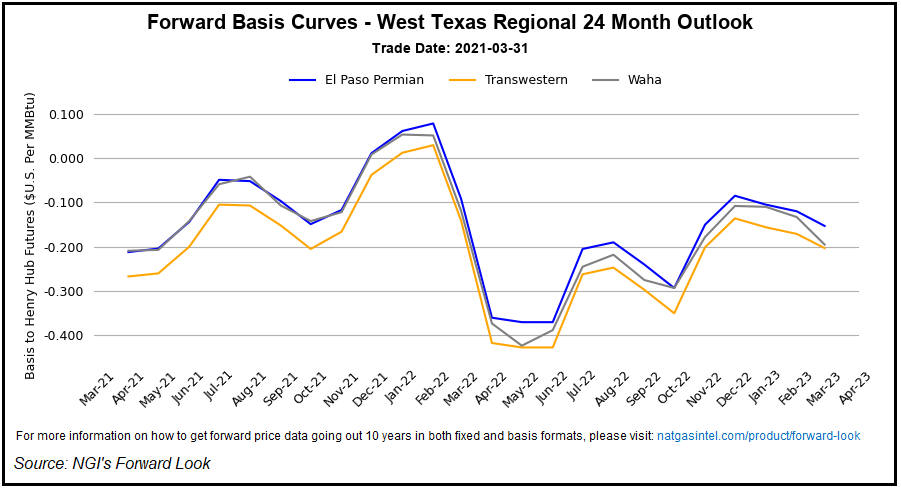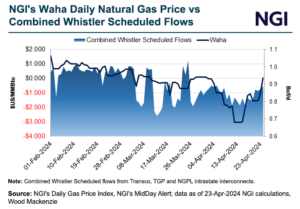Markets | Daily GPI | LNG | LNG Insight | Natural Gas Prices | NGI All News Access
Natural Gas Forwards Hibernating as Mild Spring Weather Takes Hold
© 2024 Natural Gas Intelligence. All rights reserved.
ISSN © 1532-1231 | ISSN © 2577-9915 | ISSN © 2577-9877 |



